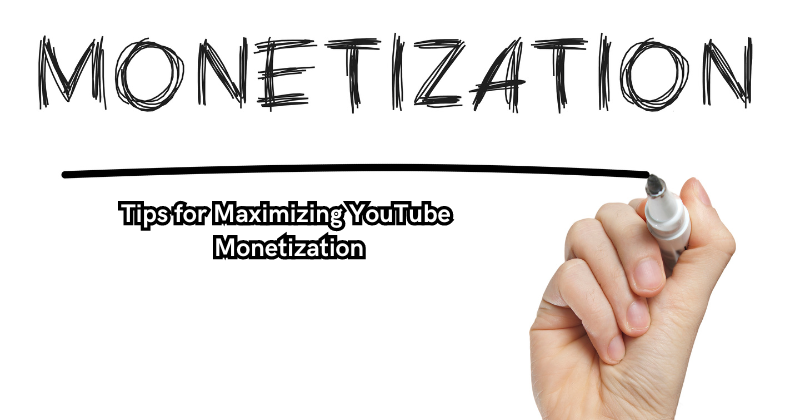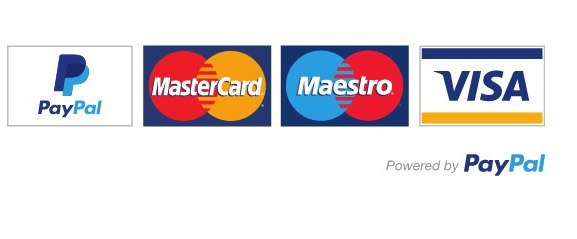Navigating the realm of YouTube monetization is about creating engaging content and understanding the nuances of copyright and Content ID.
In today’s digital age, where intellectual property rights are paramount, creators face the challenge of balancing creativity with copyright compliance to maximize their earnings on YouTube. The impact of copyright and Content ID on YouTube monetization is profound, shaping how creators use and monetize content while respecting the rights of others.
This guide explores the significance of copyright protection, the role of Content ID in identifying copyrighted material, and strategies for creators to leverage these systems effectively for sustainable monetization on the platform.
Understanding Copyright Protection
Copyright is a legal concept that grants creators exclusive rights over their original works, preventing others from using, copying, or profiting from them without permission. It applies to various forms of expression, such as music, videos, images, and literary works.
As per YouTube’s policies, all uploaded content must comply with copyright laws, and any infringements may result in strikes or takedowns. This means that creators must have the right to use any third-party content, such as music or images, in their videos.
Copyright protection is crucial for creators as it shields them from having their work stolen or exploited without consent. It also incentivizes creativity and innovation by rewarding creators for their original ideas and works.
The Role of Content ID
YouTube’s Content ID system is a powerful tool that helps copyright owners protect their content on the platform. It works by scanning and matching uploaded videos against a database of copyrighted material provided by content owners.
When a match is found, the copyright owner can either block the video or monetize it through advertising, with a portion of the revenue going to the rightful owner. This system allows creators to use third-party video content while ensuring that the original creator is compensated appropriately.
However, Content ID can also lead to false claims and disputes between creators and copyright owners if not used correctly. Creators must understand how this system works and how they can dispute any incorrect claims on their videos.
Essential Things to Know About Content ID & Copyright on YouTube
To navigate the complexities of copyright and Content ID, creators should keep the following things in mind:
- Always use content that you have created or have permission to use. This includes music, images, video clips, etc.
- Familiarize yourself with fair use and transformative content guidelines to understand when you can use third-party material without obtaining explicit permission from the owner.
- If you receive a copyright claim, review it carefully and take appropriate action. You can dispute the claim if it is incorrect or falls under fair use.
- Continuously monitor your content for any potential copyright infringements to avoid strikes or takedowns.
- Understand the consequences of multiple copyright strikes on your channel, which can lead to termination in severe cases.
Strategies for Monetizing Content while Respecting Copyright
Understanding and respecting copyright is essential for creators looking to monetize their content on YouTube. Here are some strategies that can help creators navigate this topic:
Use royalty-free music and images:
To avoid copyright claims, creators can use royalty-free music and images from platforms like YouTube Audio Library or Creative Commons. These resources provide a wide range of free content in videos without any legal repercussions.
Get permission:
If a creator wants to use copyrighted material in their video, it’s best to seek permission from the owner first. This could involve reaching out to the copyright owner directly or obtaining a license from a music licensing company.
Learn about Fair Use:
Fair use is a legal principle that allows for using copyrighted material without permission in certain circumstances, such as for commentary, criticism, or educational purposes. Creators should familiarize themselves with this concept and ensure they follow the guidelines when using copyrighted material in their videos.
Utilize Content ID:
As a creator, it’s essential to understand how Content ID works and how it can impact your videos. By using this system correctly and disputing incorrect claims, creators can ensure their content is not unfairly monetized or blocked.
Create Original Content:
The most straightforward strategy for avoiding copyright issues is to create original content. This way, creators completely own their work and can fully monetize it without any restrictions.
By understanding the impact of copyright and Content ID on YouTube monetization, creators can make informed decisions about their content and ensure they comply with copyright laws. With the right strategies in place, creators can successfully monetize their content while respecting the rights of others.
The Impact of Copyright and Content ID on YouTube Monetization Channel
Copyright and Content ID play a vital role in shaping the monetization potential of a YouTube channel. By understanding and following these systems, creators can ensure that their content is protected while still being able to earn revenue from their videos.
Consistency is a crucial aspect of any successful channel, and copyright infringements or disputes can disrupt this continuity. Creators need to take the necessary measures to avoid copyright issues and ensure that their channel and content are sustainable in the long run.
But beyond just protecting their content, creators also have a responsibility to respect the rights of others and follow fair use guidelines. By doing so, they contribute to a healthier and more respectful creative community on YouTube.
What Happens When You Receive a Copyright Strike?
If a creator receives a copyright strike on their channel, it can have severe consequences for their monetization and the overall health of their channel. A copyright strike is issued when YouTube has determined that a video has infringed upon someone else’s copyrighted material.
Receiving three copyright strikes within 90 days will result in a permanent termination of the channel. Additionally, creators will not be able to upload new videos or streams during this period, and any monetization of the channel will be suspended.
To avoid copyright strikes, creators must follow copyright laws and obtain permission or proper licenses when using third-party content in their videos. It’s also essential to monitor any claims made through Content ID and dispute them if necessary.
Can I Still Monetize with a Copyright Claim?
While a copyright claim does not result in a strike, it can still impact the monetization of a video. If the original copyright owner claims a video, they may choose to monetize the video themselves and receive any revenue generated from ads. In this case, the creator will not earn any money from that specific video.
However, if the creator disputes the claim and it is found to be incorrect, the video will no longer be monetized by the copyright owner. Instead, any revenue generated from ads will go back to the creator. It’s important for creators to regularly check their videos for any potential claims and take action if necessary to protect their revenue.
Tips for Successfully Monetizing Content on YouTube
Ultimately, the key to successful monetization on YouTube is following copyright laws and respecting the rights of others. Here are some additional tips that can help creators navigate this topic:
- Regularly review and update your content to ensure it does not contain any copyright infringements.
- Use tools like YouTube Analytics and Copyright Match Tool to monitor your content and address potential issues.
- Seek legal advice if uncertain about copyright laws or fair use guidelines.
- Create a disclaimer that states the sources of any third-party content used in your videos, and always give proper credit to the original creators.
By following these tips and strategies, creators can monetize their YouTube channels while also maintaining a respectful and compliant approach towards copyright.
FAQs
Is YouTube Content ID important?
Yes, Content ID is a crucial tool for content creators on YouTube as it helps protect their original content and allows them to monetize it properly. It also helps identify any potential copyright infringements in videos.
Do copyright claims affect views?
Copyright claims can sometimes restrict or block a video from being viewed in certain countries. This can affect the overall views and engagement on that particular video.
Can I upload copyrighted content if I don’t monetize?
No, it is not recommended to upload copyrighted content without proper permission or licenses, even if you do not intend to monetize the video. Doing so can still result in copyright strikes and potential legal issues.
What happens if I receive a false copyright claim?
Creators have the option to dispute any false copyright claims through YouTube’s Content ID system. If the claim is found to be incorrect, the copyright owner will no longer monetize the disputed video, and any revenue generated from ads will go back to the creator.
Conclusion
In conclusion, the impact of copyright and Content ID on YouTube monetization underscores the evolving landscape of digital content creation. As creators strive to produce original and engaging material, they must also navigate the complex terrain of intellectual property rights to ensure compliance and fair compensation. Copyright and Content ID mechanisms serve as crucial safeguards, protecting both creators’ works and the rights of copyright holders.
By understanding and effectively utilizing these tools, creators can foster a sustainable environment for monetization on YouTube while fostering respect for intellectual property. Embracing a balance between creativity and compliance not only enhances monetization strategies but also contributes to a more equitable and ethical digital ecosystem for content creators and audiences alike.





